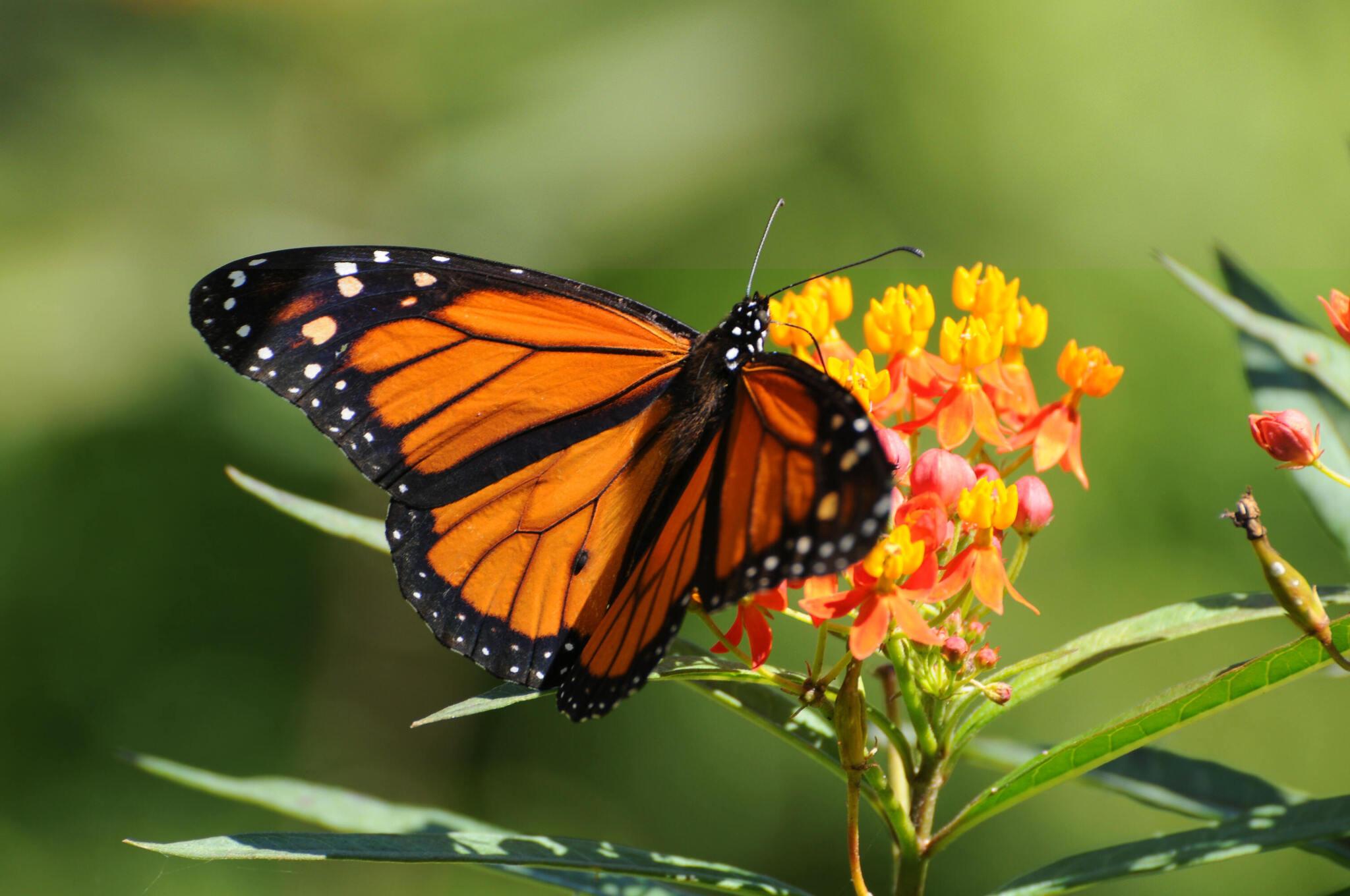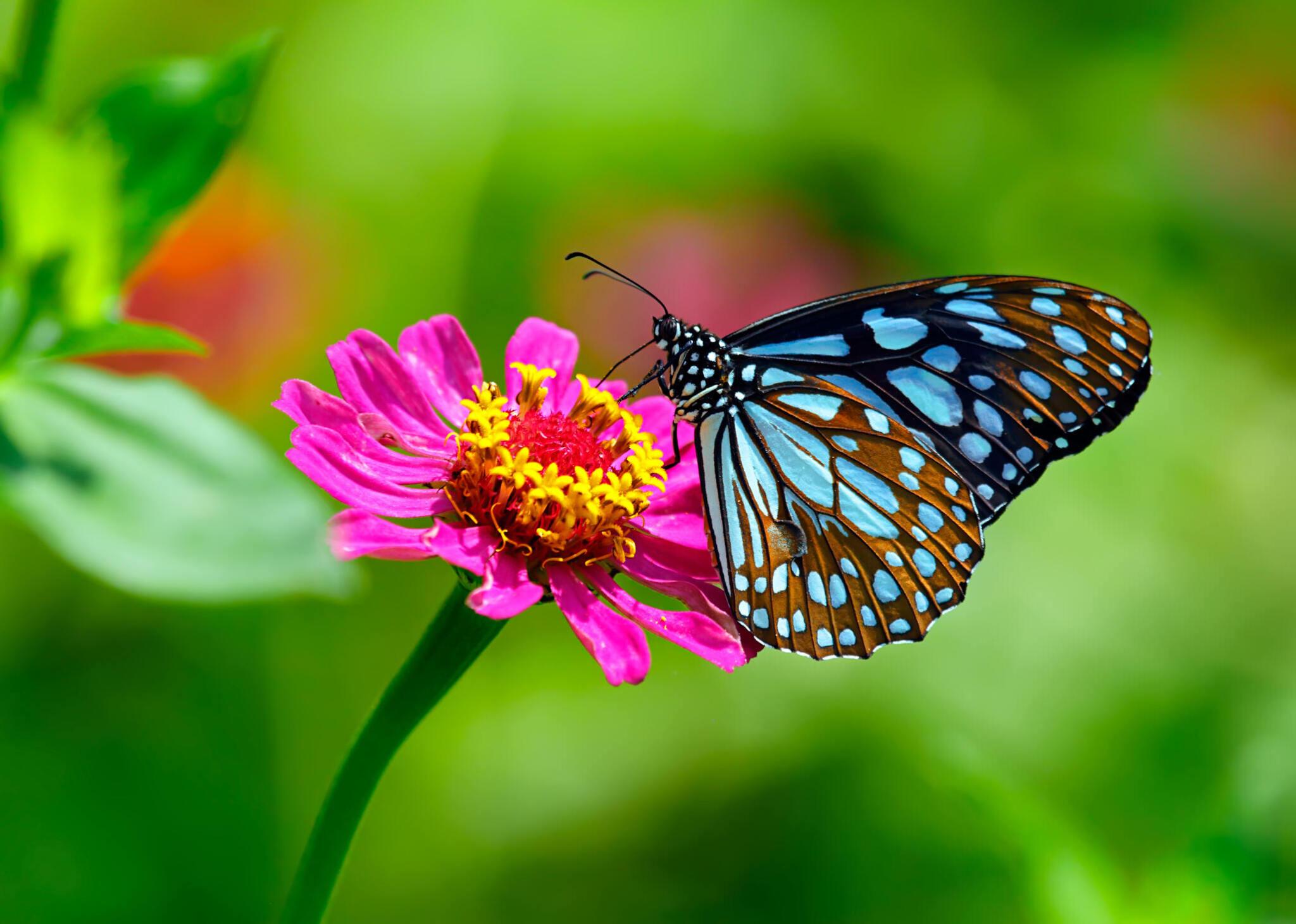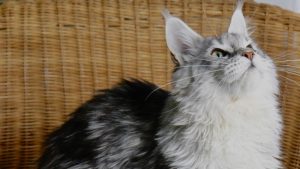The monarch butterfly with its vibrant orange colour and fluttering black wings looks charming. But did you know there is more than the pretty wings you see?
It is a delicate creature but a symbol of resilience that plays a role in maintaining the health of our ecosystem.
Transformation
- The life of a monarch begins with tiny eggs laid on a milkweed plant.
- A caterpillar emerges and greedily consumes the milkweed leaves to fuel its rapid growth.
- The caterpillar transforms into a chrysalis through a metamorphic process, a mysterious stage.
- Finally, it emerges as the iconic butterfly with its majestic orange and black wings.
This metamorphic journey of a monarch butterfly represents their spirit of adaptation and survival. The ability to endure such a significant transformation makes the monarch capable to traverse the challenges of its environment and survive in the intricate network of life.
Migratory Prowess
Monarch has an incredible migratory journey, which sets it apart. Every year, millions of monarchs go on a dangerous journey covering thousands of miles from their breeding grounds in North America to wintery locations in Mexico.
- This migration often spans several generations, which proves these delicate creatures’ persistence and determination to survive.
- The epic migration is a wonderful spectacle and a critical factor that supports ecological balance.
- By crossing vast distances, monarchs play a role in pollination as well as promote the genetic diversity of their populations.
The monarch butterflies migratory prowess actively connects the ecosystems across different continents.
Monarch Havoc
Monarch has a unique relationship with milkweed. Milkweed allows them to survive in their early developing stage. Unfortunately, milkweed contains a toxin called cardenolides, which makes monarch bites poisonous to most predators.
This chemical defence is so effective that predators learn to avoid them after a single bad experience.
However, there is a twist – this same toxin can be harmful to other animals, including humans if ingested directly. So, while admiring monarchs, remember to observe from a distance.
More Than Just Pretty Wings
Monarchs play a crucial role in ecosystems as pollinators. The butterflies fly from flower to flower for nectar.
The pollens attach to their wings, which get easily transferred around different regions, which promote plant reproduction.
You can even use them to gauge environmental health. For example, the declining monarch population is a blatant reminder of the threats they struggle with due to habitat loss, pesticide use, and climate change.

Monarch’s legacy
Monarch butterflies are connected with milkweed plant right from their birth. Monarch caterpillars gain nutrients from the sole host plant – milkweed. It even gets the essential toxins needed to keep predators away from the milkweed plant.
Unfortunately, use of chemical pesticides excessively and deforestation for building development has led to a decrease in Monarch population.
People need to plant milkweed and create butterfly-friendly habitats to ensure the survival of these declining magnificent insects. Collective conservation initiatives to preserve biodiversity are needed.
It has to focus on –
- Raising awareness about the importance of milkweed
- Create corridors to support their migration
Conclusion
The monarch butterfly, with its more than pretty wings, is a symbol of beauty and the delicate balance. Everyone must make every effort to preserve this gorgeous creature. Learn more about monarch butterflies, insects and other wildlife at https://animalkingdom.org/.



